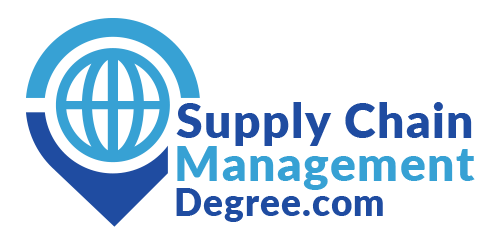The Impact of Tariffs and Trade Policies on Supply Chains
Global supply chains are intricate networks that connect manufacturers, suppliers, distributors, and retailers across multiple countries. These networks are profoundly influenced by tariffs and trade policies, which can alter the flow of goods, affect pricing, and create challenges or opportunities for businesses. In this blog, we will analyze how changing tariffs and trade policies impact global supply chains and explore strategies companies can use to adapt to these changes.
Understanding Tariffs and Trade Policies
Tariffs are taxes imposed by a government on imported goods. They are often used to protect domestic industries from foreign competition, generate revenue, or retaliate against trade practices deemed unfair.
Trade policies encompass a broad range of regulations and agreements that govern international trade. These policies include free trade agreements (FTAs), trade sanctions, export controls, and import quotas, among others. They aim to manage trade relationships between countries and ensure fair competition.
Impacts on Global Supply Chains
- Increased Costs:
- Tariffs directly increase the cost of imported goods. For manufacturers relying on imported raw materials or components, these added costs can significantly raise production expenses. Companies may need to pass these costs onto consumers, resulting in higher prices.
- Supply Chain Disruptions:
- Sudden changes in tariffs or trade policies can disrupt established supply chains. Companies may face delays and increased costs as they adjust to new regulations or seek alternative suppliers. This can lead to stockouts or excess inventory, affecting overall supply chain efficiency.
- Shift in Sourcing Strategies:
- To mitigate the impact of tariffs, companies often re-evaluate their sourcing strategies. This may involve shifting production to countries with more favorable trade agreements, diversifying suppliers, or investing in local manufacturing capabilities.
- Regulatory Compliance Challenges:
- Navigating the complex landscape of international trade regulations requires significant effort. Companies must stay abreast of changing policies and ensure compliance to avoid penalties, delays, and reputational damage.
- Market Access and Competitiveness:
- Trade policies can influence market access by creating barriers or opening up new opportunities. For example, FTAs can enhance competitiveness by reducing or eliminating tariffs, allowing companies to enter new markets more easily.
Case Studies and Real-World Examples
US-China Trade War:
- The ongoing trade tensions between the US and China have led to significant tariffs on a wide range of goods. Many companies, particularly in the technology and manufacturing sectors, have had to reconfigure their supply chains, shifting production to countries like Vietnam and Mexico to avoid tariffs.
Brexit:
- The United Kingdom’s exit from the European Union introduced new trade barriers and customs checks. UK-based companies faced increased costs and delays in importing goods from the EU, prompting some to relocate operations or seek new suppliers within the UK or non-EU countries.
NAFTA to USMCA:
- The transition from the North American Free Trade Agreement (NAFTA) to the United States-Mexico-Canada Agreement (USMCA) brought changes in rules of origin, labor standards, and environmental regulations. Companies operating in North America had to adapt to these new requirements to maintain tariff-free access across the region.
Strategies for Adapting to Changing Tariffs and Trade Policies
- Diversify Supply Chains:
- Reducing reliance on a single country or supplier can mitigate risks associated with tariffs and trade policy changes. Companies should develop a diverse network of suppliers across different regions to ensure resilience.
- Invest in Local Production:
- Establishing or expanding local production capabilities can reduce exposure to international trade risks. This strategy may involve reshoring manufacturing operations or increasing investment in automation to offset higher labor costs.
- Leverage Trade Agreements:
- Companies should actively seek to benefit from existing trade agreements and stay informed about new agreements in negotiation. This involves understanding the specific rules and advantages of each agreement and adjusting supply chain strategies accordingly.
- Enhance Regulatory Compliance:
- Staying compliant with international trade regulations requires continuous monitoring and adaptation. Companies should invest in robust compliance programs, train staff on regulatory changes, and use technology to streamline compliance processes.
- Utilize Technology and Analytics:
- Advanced technologies like AI, big data analytics, and blockchain can provide greater visibility and control over supply chains. These tools help companies predict and respond to trade policy changes, optimize supply chain operations, and improve decision-making.
Changing tariffs and trade policies pose significant challenges to global supply chains, but they also present opportunities for companies to innovate and adapt. By diversifying supply chains, investing in local production, leveraging trade agreements, enhancing regulatory compliance, and utilizing advanced technologies, businesses can navigate the complexities of international trade and maintain a competitive edge.
In an ever-evolving global trade environment, staying informed and agile is essential. Companies that proactively address the impacts of tariffs and trade policies will be better positioned to thrive in the face of uncertainty and capitalize on new opportunities as they arise.



